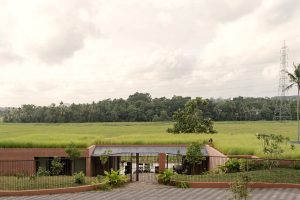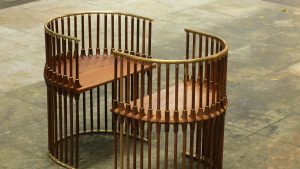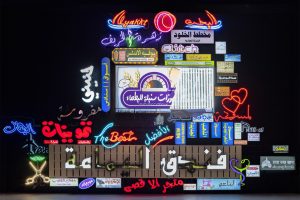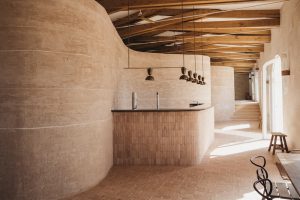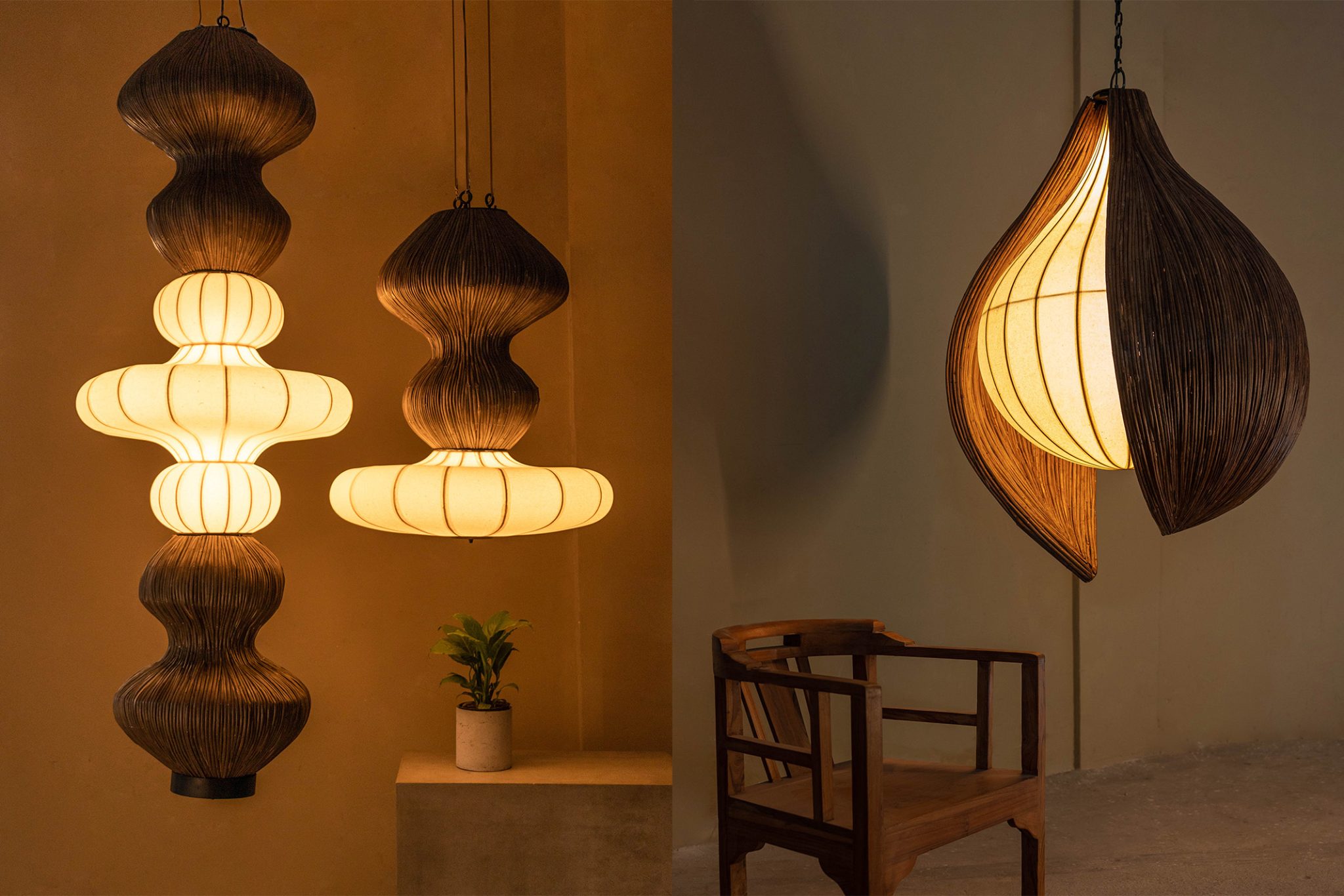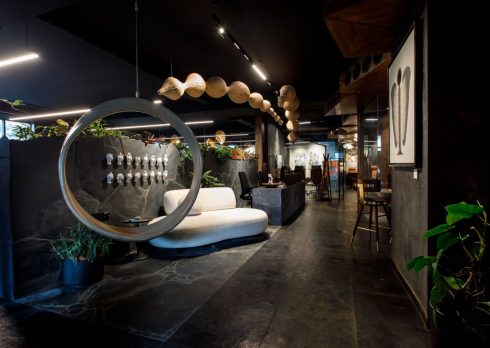Tracing The Art Of Making Athangudi Tiles With Master Craftsman, Muthuraman
Know more about the age-old craft of Athangudi tiles; from its history, legacy, and materials sourced to its use in Chettinad homes and palaces today, from a local craftsman-Muthuraman
- 9 Apr '25
- 11:43 am by Shalmali Totade
The craft of making Athangudi tiles is common in the Chettiar community of Tamil Nadu. The handmade tiles of Chettinad are a unique expression of culture, artistry and trade and are testimony to the rich cultural heritage of the community. It is named after the village “Athangudi” in the Sivagangai district of Chettinad, Tamil Nadu, where they were originally made. The Chettiar community traded extensively initially and used imported materials to build their palaces and mansions. After realising the expenses of the repairs of these sourced materials, the community set up a cottage industry to make the tiles with local materials and the tile-making craft was born. Initially, being expensive, the tiles were used only by the rich for making palaces and mansions. But later, after gaining popularity, they became a common resource and affordable to the common man. According to Muthuraman, “Today, in Athangudi village, these tiles are used in making the Chettiar houses, palaces, temples and other grand spaces.”
Also Read: 7 Innovative Indian Metal Artists Shaping The Scene

These hand-crafted tiles are made from locally sourced materials using age-old practices and craftsmanship and are famous for their colourful patterns and intricate designs. Muthuraman says, “Initially the tiles were made from lime, but as the process was challenging, only 20-30 tiles could be produced from the material. Over the years, the process evolved and cement, water, sand and colour started being used. These materials are mixed with white cement to make the tiles.”
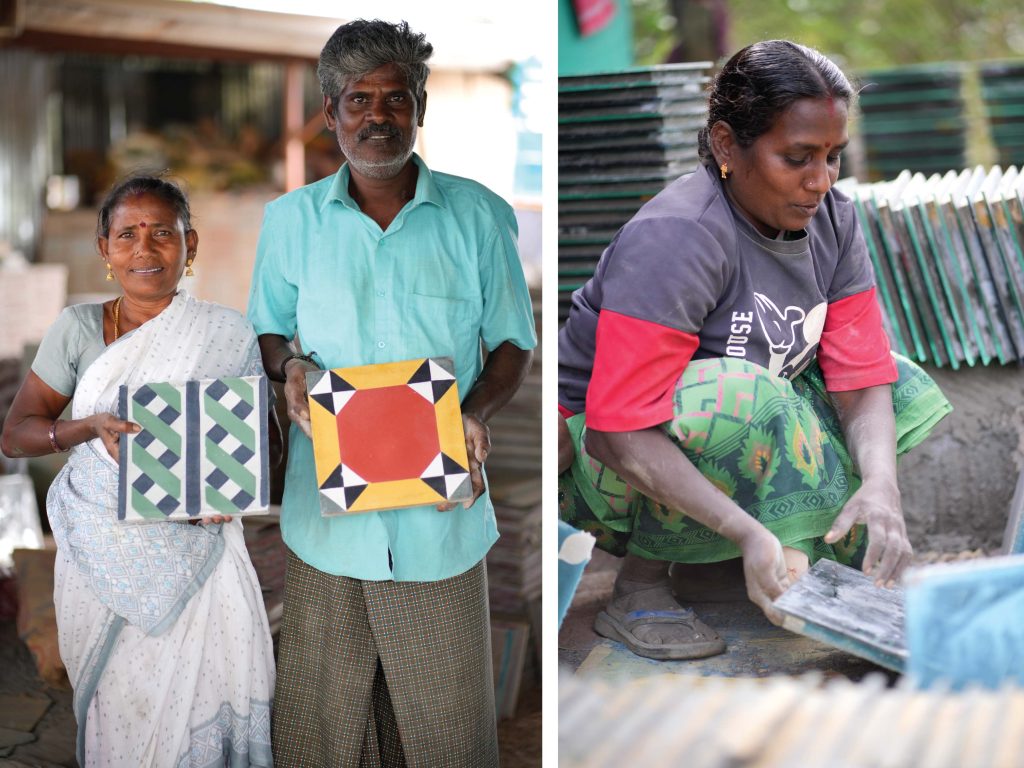
The designers and architects prefer the Athangudi tiles for residential and commercial projects alike, due to their durability, affordability, easy-to-maintain nature and the ability to be customised. They are chemical-free and hence eco-friendly. “The stones are sourced while the colours are made and mixed depending upon the desired patterns. Once the colours are combined, the tiles are left to dry under the sun for a couple of days,” explains Muthuraman about the sustainable nature of the tiles.
Also Read: 7 Iconic Artworks To Discover At The 11th Asia Pacific Triennial Of Contemporary Arts
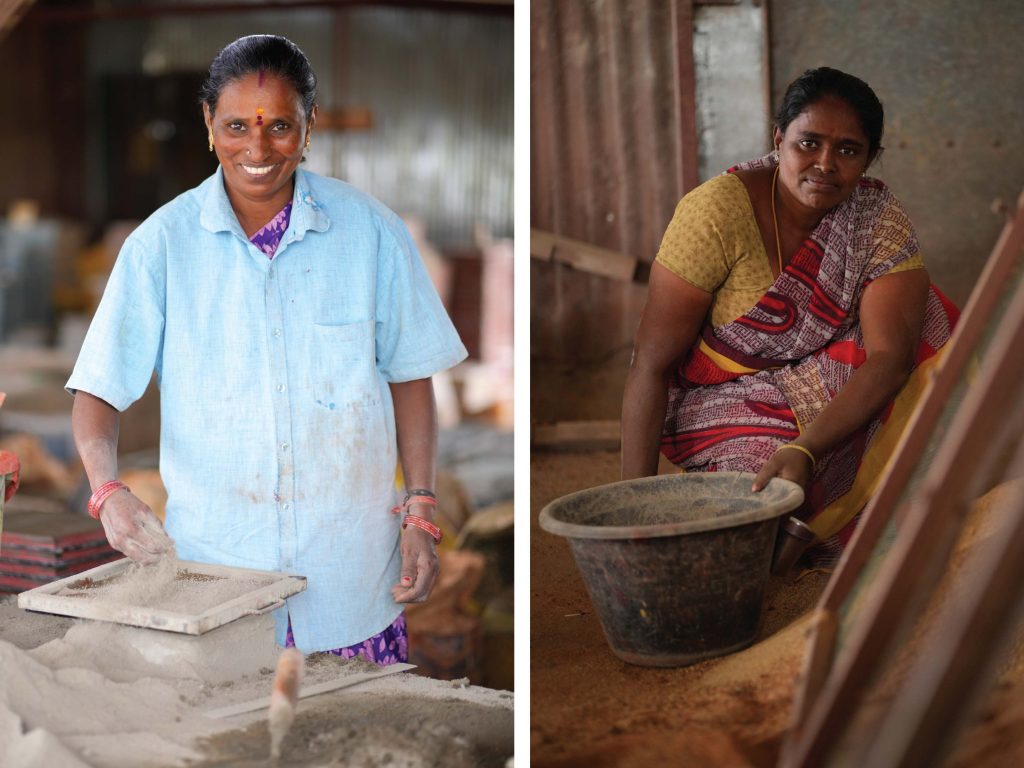
The Athangudi tiles are made from white cement, grey cement, sand, colouring oxide and tank water. It takes around 10 days to make a batch of the tiles. While explaining the colouring process of the tiles, Muthuraman explains, “After the colours are mixed, the tiles dry in the sun for 4 to 5 days. On the 6th or 7th day, they are removed, levelled, and sent to the buyers.” It is also believed that the colours of these tiles get brighter with use. What sets these tiles apart, is that they are made from cement and moulded by hands on glass surfaces. Athangudi tiles are made in vibrant shades of mustard, red, blue, and emerald and are used in homes as well as palatial mansions of the Chettinad region.
Also Read: 2024 Wrapped: Best Of Design, Decor & Art


